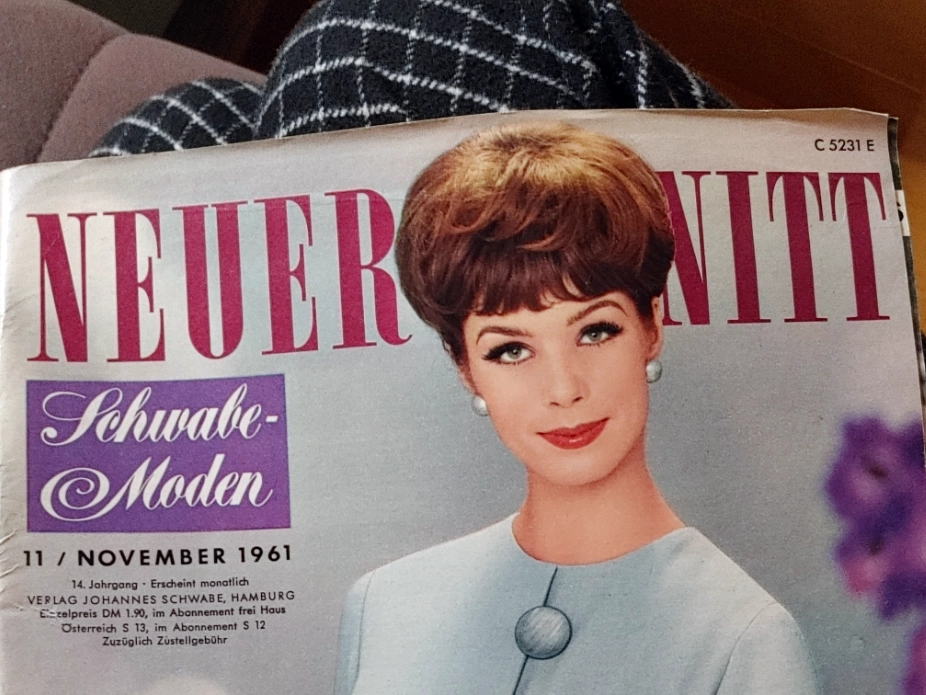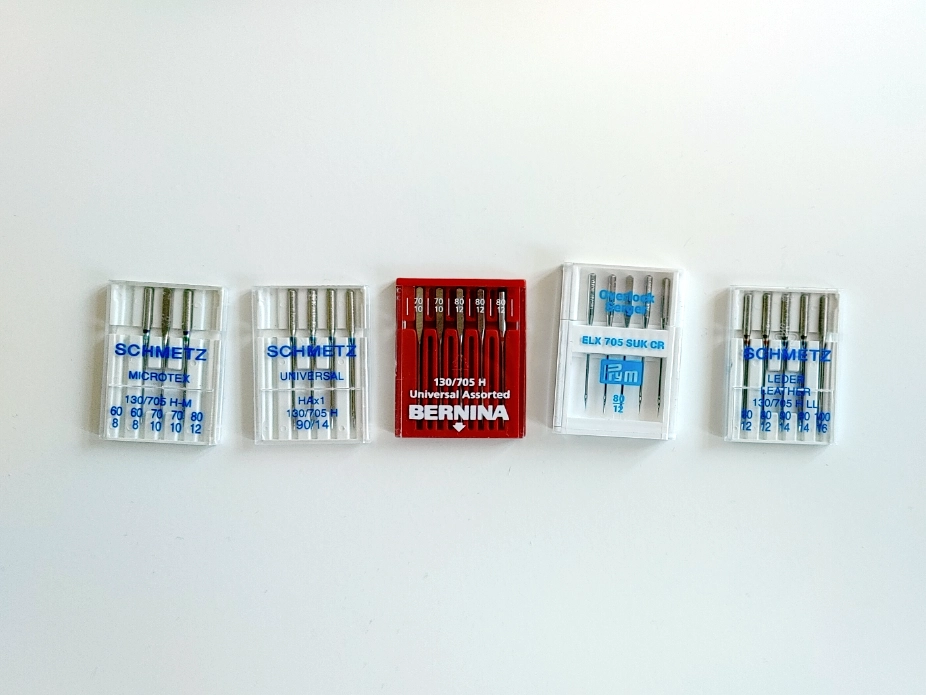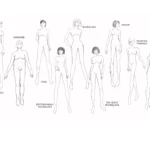
What you need to know about body types
11/30/2024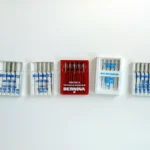
A Guide to Sewing Machine Needles: Choosing the Right Needle for Your Fabric
03/02/2025When I bought my first Burda sewing magazine and looked inside the dozens of pattern lines terrified me. I didn’t know what they meant. In all the hurry I even forgot to add seam allowances; ending up with a top that didn’t fit. If you’re a sewing newbie and want to avoid all the mistakes I made, keep reading.
Reading sewing patterns
A sewing pattern generally consists of multiple numbered pieces. Depending on if you’re using a multiple-size sheet or one-size sheet, the pattern outlines look different. They can be a solid line or different dotted line versions depending on your size.
Note: Normally these pattern outlines have no seam allowances included, and you need to add them later.
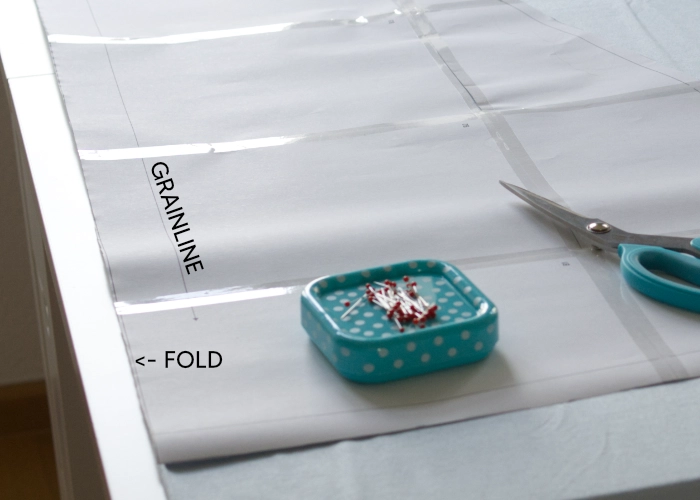
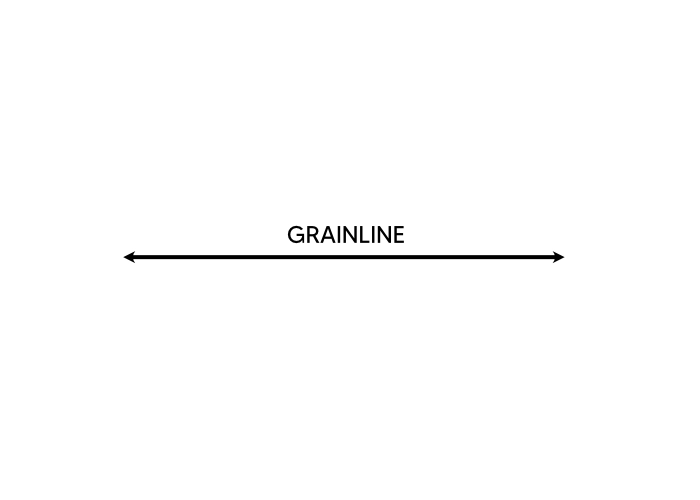
Grainline & Fabric fold
The grainline of the fabric is parallel to the selvage. The selvages are the sides of the fabric that would have been held by a weaving frame while the fabric was produced. The grainline is symbolized by a long dart and the line must always be parallel to the selvage.
The fabric fold is like the name says the fold in the fabric and the fabric is laying in a double layer. That fold helps you cut out pieces symmetrically.
What are notches?
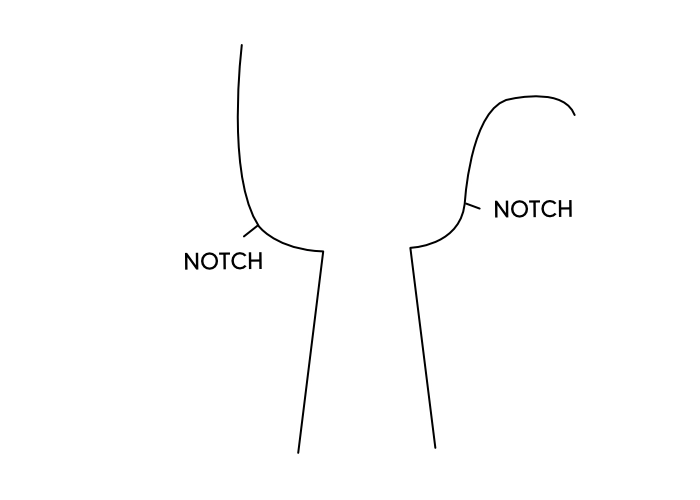
Notches help you position two pieces of fabric together. You'll usually find them on a curve or in the center front. The term “notching the corners” can also be used if you need to cut in the fabric on the seam allowance a bit for a curve to fall nicer.
By what the fit of clothes is influenced?
Garment Folds
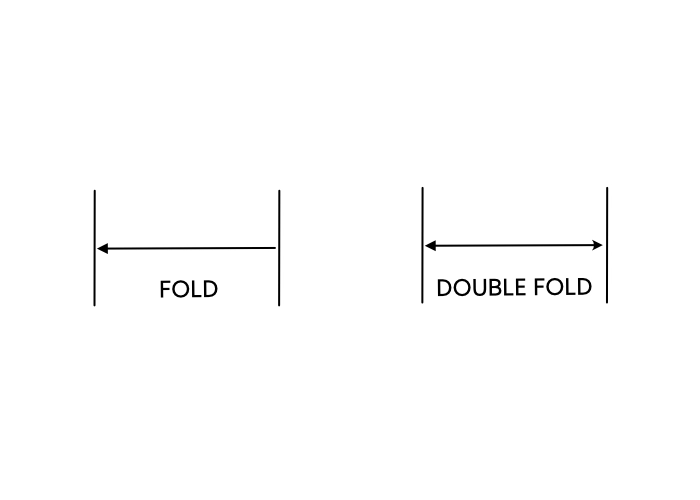
Folds are marked by two edging lines and a line with a dart in between. The dart shows the direction of the fold. If there are two darts, they show in both directions.
Darts
Darts are the long triangles on the pattern that help you reduce the length/width of a garment.
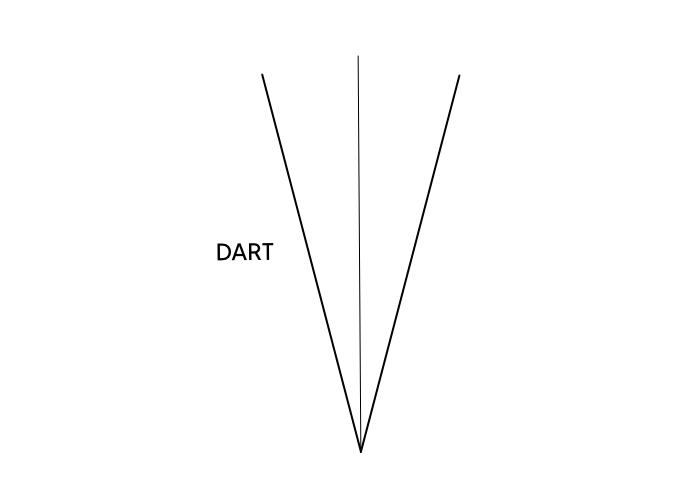
Gathering lines
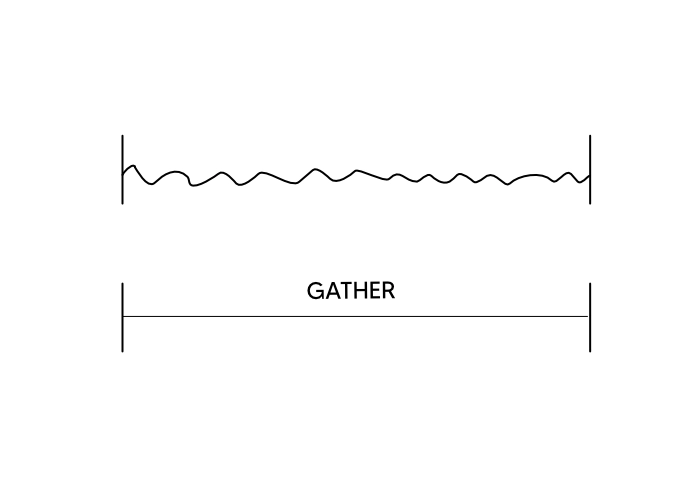
Gathering lines are normally marked with a starting and an endpoint. In between, you either have a wavy line or a straight line with the word "gather" on it.
Additional information on sewing patterns
Buttons & Buttonholes
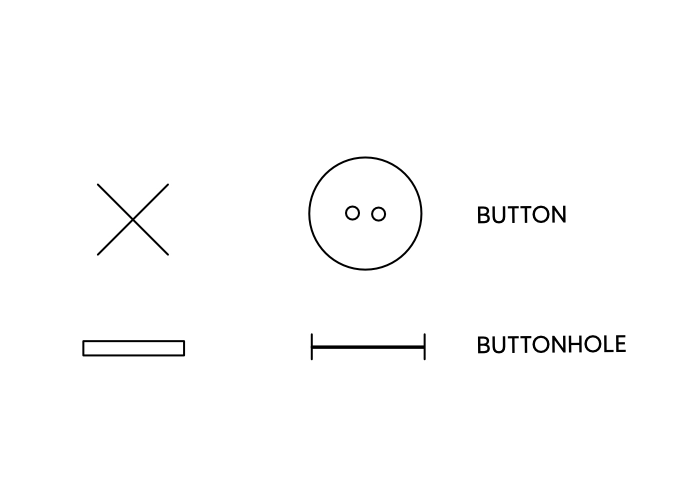
Buttons on patterns can be marked by an “X” or sometimes by a button shape. The corresponding buttonholes are marked by two edges and a line in between.
Pockets in patterns
Pockets in patterns can be marked as a small line on the pattern piece to indicate where it shall be positioned. If you have welt pockets usually, they are drawn in as a rectangle.
Breastpoints
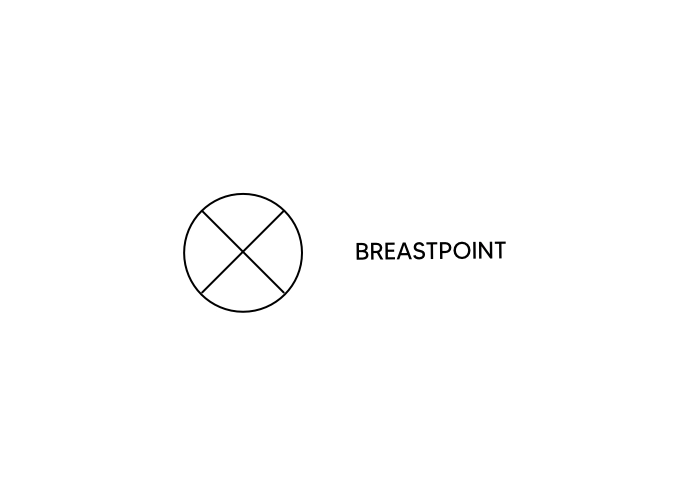
The breastpoints are marked by a circle with an “X” in it.
Folding lines & construction lines
Folding lines, which are fine lines showing where the pattern will be folded, are often used in collars. Contruction lines often can be found in form of a waist/hip line and helps you lenghten or shorten a garment.

